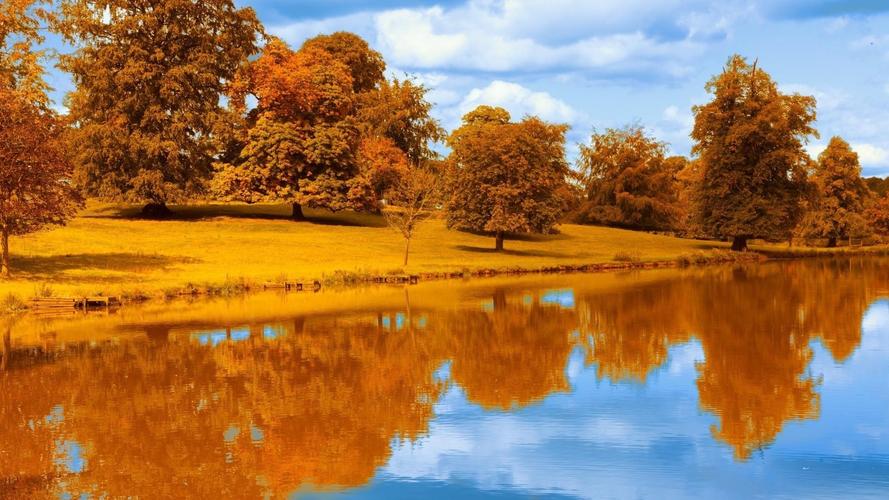Exploring the Enigma of Cultural Diversity in India
India is a unique country that is home to diverse cultures, customs, and traditions. With more than 1.3 billion people, it is impossible to define a single Indian culture. Understanding India’s cultural diversity is complex, and it requires an exploration of various history, religion, language, and economy. In this article, we will delve into the enigma of cultural diversity in India.
Culture in India
Culture is an integral part of India’s social fabric. The country has a rich history that dates back to thousands of years, and it has been influenced by various ancient civilizations. Due to India’s geography and size, each region has developed its unique practices, dialect, and traditions.
India’s diverse cultural heritage can be seen in its food, music, religion, clothing, and architecture. The country’s national language is Hindi, but there are over 22 official languages, including Tamil, Telegu, and Bengali.
Religion in India
India is known for its religious diversity, with Hinduism, Buddhism, Jainism, Sikhism, and Islam being the major religions. According to the 2011 census, Hindus form the majority, accounting for 79.8% of the population. Muslims make up the second-largest group, followed by Christians, Sikhs, Buddhists, and Jains.
India has a rich history of religious diversity, and religious tolerance is enshrined in India’s constitution. People of different religions coexist peacefully in the country, and they celebrate each other’s festivals and traditions.
Customs and Traditions
India’s customs and traditions vary greatly throughout the country. For example, the northern part of India celebrates Diwali, while the southern part of India celebrates Pongal. Weddings in India are a grand affair and differ from state to state. The customs and traditions associated with a Punjabi wedding are entirely different from a Tamil wedding.
India’s cultural diversity has also led to the development of various art forms and crafts. For example, Madhubani painting from Bihar is entirely different from Pattachitra painting from Odisha.
Economic Diversity
India’s economy is also diverse, with various industries and sectors contributing to the country’s GDP. Agriculture and textiles are the country’s traditional industries, while the IT sector has emerged as a significant contributor over the last few decades. India’s economy is also impacted by its cultural diversity, with various regions contributing differently to the country’s growth.
Conclusion
In conclusion, India’s cultural diversity is a unique feature that sets it apart from other countries. Understanding India’s diverse cultures, customs, and traditions requires a lot of exploration and research as it is difficult to define a single Indian culture. Nevertheless, India’s cultural diversity is something to celebrate, and it is a testament to the country’s rich history and social fabric.
(Note: Do you have knowledge or insights to share? Unlock new opportunities and expand your reach by joining our authors team. Click Registration to join us and share your expertise with our readers.)
